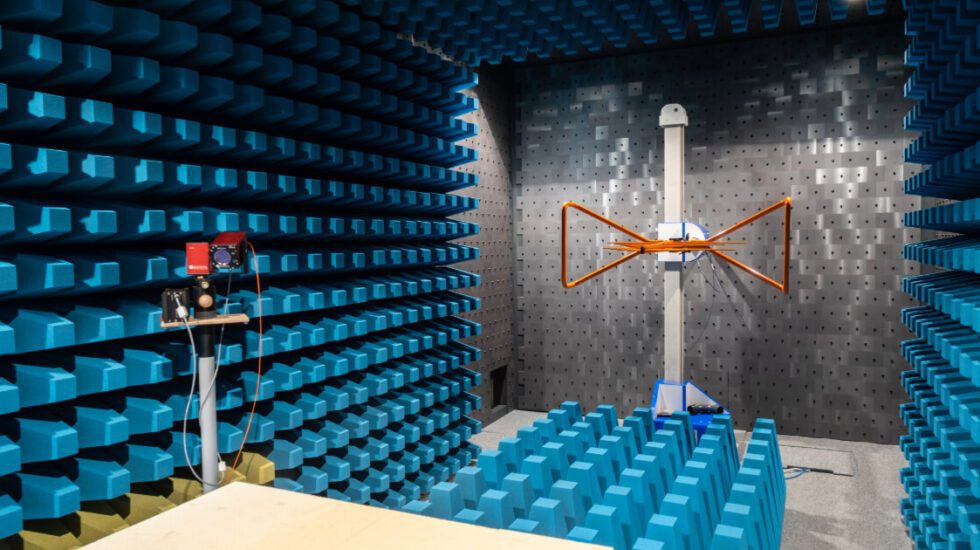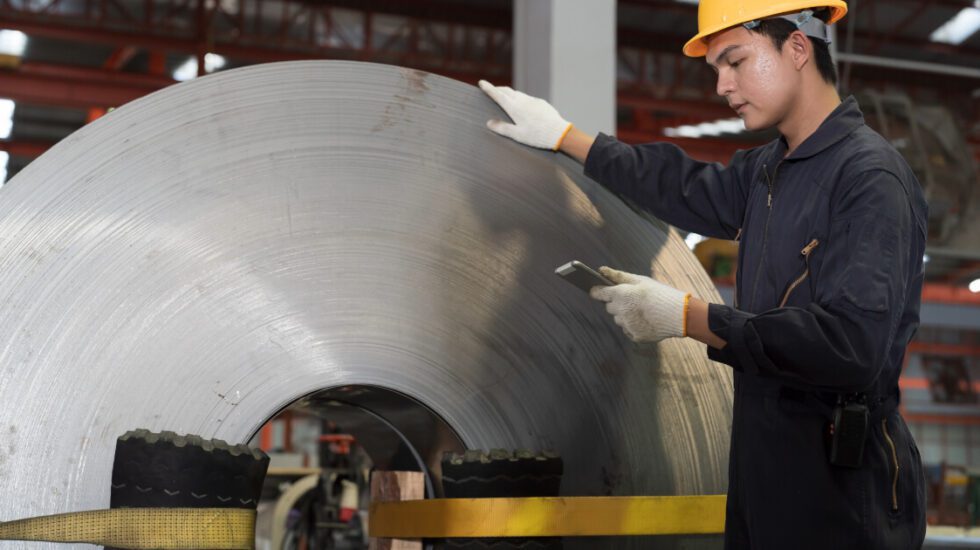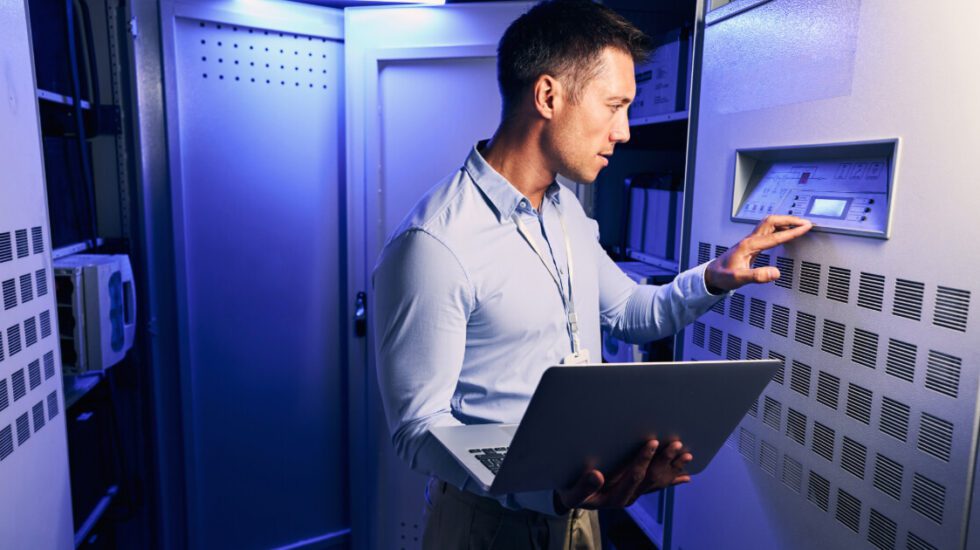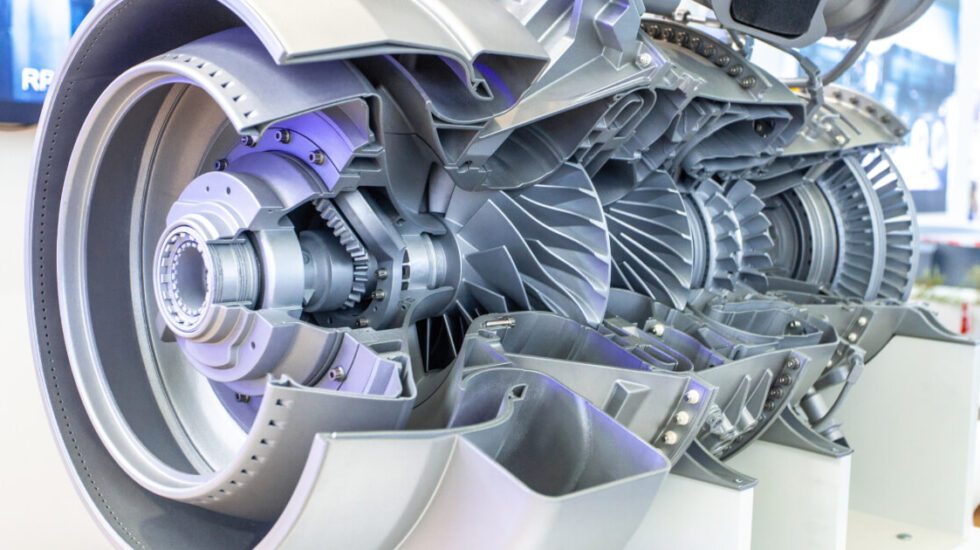Dust Collection and Pneumatic Conveying Equipment
When it comes to improving air quality and material handling in industrial settings, dust collection and pneumatic conveying equipment are essential components. But designing, manufacturing, and installing these systems often involves significant technological uncertainty. For Canadian companies working in this space, there may be opportunities to claim Scientific Research and Experimental Development (SR&ED) tax credits by tackling real engineering challenges.
Whether you’re optimizing airflow dynamics, improving energy efficiency, or developing smart control systems, your work may qualify as eligible SR&ED activity.
Common Areas of Technological Uncertainty in Dust Collection and Conveying Equipment
Below are examples of how technological uncertainty can arise during the development or customization of these systems, potentially making them SR&ED-eligible.
-
Design Innovation
Developing a new dust collection system that delivers higher efficiency and reduced energy consumption is a complex task. Companies face uncertainty when trying to determine the ideal design parameters, configurations, and materials while considering airflow behavior, particulate characteristics, and energy demands. Identifying the right balance between performance and operational cost often requires experimentation and multiple design iterations.
-
Material Selection for Abrasive Applications
Selecting appropriate materials for conveying tubes that handle abrasive substances presents significant challenges. Manufacturers often face uncertainty when evaluating various metals, coatings, and composite materials to withstand wear without compromising the system’s structural integrity. Durability testing, resistance to erosion, and long-term material performance under operating conditions are all critical areas of exploration.
-
Advanced Control Systems
Designing smart control systems that can dynamically adapt to changing conditions in pneumatic conveying equipment is another common area of R&D. Uncertainty arises when developing algorithms capable of handling variations in material density, line pressure, and system demand while maintaining stable operation. Creating a responsive control system that also improves energy efficiency may require extensive modeling and on-site validation.
-
Integration of IoT and Smart Sensors
Adding IoT functionality and sensor technology to dust collection systems is becoming increasingly important, especially for predictive maintenance and real-time performance monitoring. The technological uncertainty lies in creating a sensor network that is both reliable and cost-effective for harsh industrial environments. Developers also need to determine the right data analytics approach and address potential issues around cybersecurity and system integration.
-
Adaptive Filtration Technologies
Engineering a dust collection system that can adjust its filtration mechanism depending on particle type or size introduces a number of unknowns. Developers must figure out how to make filtration media or cleaning processes flexible enough to adapt in real time without compromising efficiency. This could involve researching new materials, exploring different cleaning mechanisms, or integrating automation to enhance adaptability.
-
Installation in Complex or Hazardous Environments
Installing dust collection and pneumatic conveying systems in environments with extreme temperatures, corrosive elements, or explosive dust concentrations requires highly customized approaches. Uncertainty often surrounds the selection of appropriate materials and installation techniques that will perform reliably under harsh conditions. Meeting safety standards and ensuring long-term performance typically involves detailed risk assessment and testing.
Why SR&ED Matters for Dust Collection and Pneumatic Conveying Equipment Projects
If your team is developing custom systems, experimenting with new technologies, or solving design problems with no clear solution, your work may meet the criteria for SR&ED. The key is documenting:
- The uncertainties you faced
- The experiments or iterations you performed
- The new knowledge or improvements you achieved
Many businesses in the industrial equipment space miss out on funding simply because they don’t realize their day-to-day innovation qualifies.
Need Help Identifying SR&ED Opportunities in your Engineering Projects?
Contact Ayming Canada today to schedule a consultation and find out how we can support your next claim.
Contact us today!
One of our experts will be in touch shortly.














No Comments